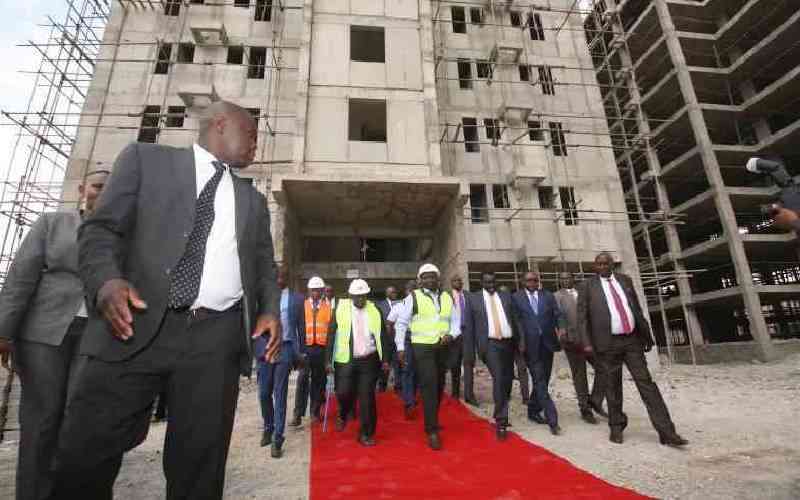×
The Standard e-Paper
Join Thousands Daily

Rising cost of materials and dipping of demand are some of the risks that should be considered in public private partnership (PPP) putting up affordable housing, a policy think tank has detailed.
The think tank, Affordable Housing Institute (AHI) also says an affordable housing PPP should be done the same way governments do infrastructure PPP.